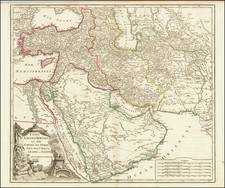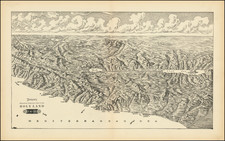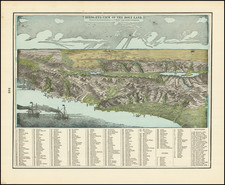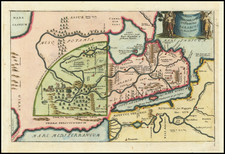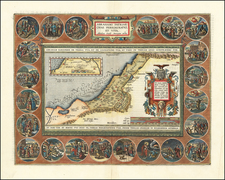The "Battle of Laïse" depicted in the 1727 print refers to one of the military engagements during the Maccabean Revolt, which took place approximately between 167 and 160 BCE. This revolt is chronicled in the Biblical books of 1 Maccabees and 2 Maccabees, which are part of the Deuterocanonical books of the Bible and included in the Old Testament of the Catholic and Eastern Orthodox Christian Bibles. They are also important historical sources in Jewish tradition.
Judas Maccabee, also known as Judah Maccabee, was one of the sons of the priest Mattathias and a central figure in the revolt against the Seleucid Empire, which was trying to Hellenize the Jewish people. The name "Maccabee" is often associated with the Hebrew word for "hammer," reflecting Judas's reputation as a formidable military leader.
The battle portrayed in the print, while not specifically mentioned in the Biblical texts, reflects the numerous skirmishes described in 1 Maccabees. These conflicts were fought over control of Judea, with Judas Maccabee leading a guerrilla war against vastly larger Seleucid forces. The Battle of Laïse is not a well-documented historical event, and its details are not as prominent in the biblical or historical record as other battles of the Maccabean Revolt, such as the Battle of Emmaus or the Battle of Beth Zur.
The Seleucid general Bacchides, mentioned in the title of the print, is referenced in the Biblical texts as an adversary of the Maccabees and a significant military figure. He was involved in multiple campaigns to suppress the Maccabean resistance and to secure Seleucid control over Judea.
The print itself, produced centuries after the events it depicts, is an interpretation of the historical narrative rather than a first-hand account. It likely reflects the artistic and historical understanding of the period when it was created, rather than a precise, factual depiction of the battle. The battle scenes, troop formations, and surrounding landscape are products of the artist's imagination, informed by the descriptions found in the Maccabees and the historical knowledge of the time.









